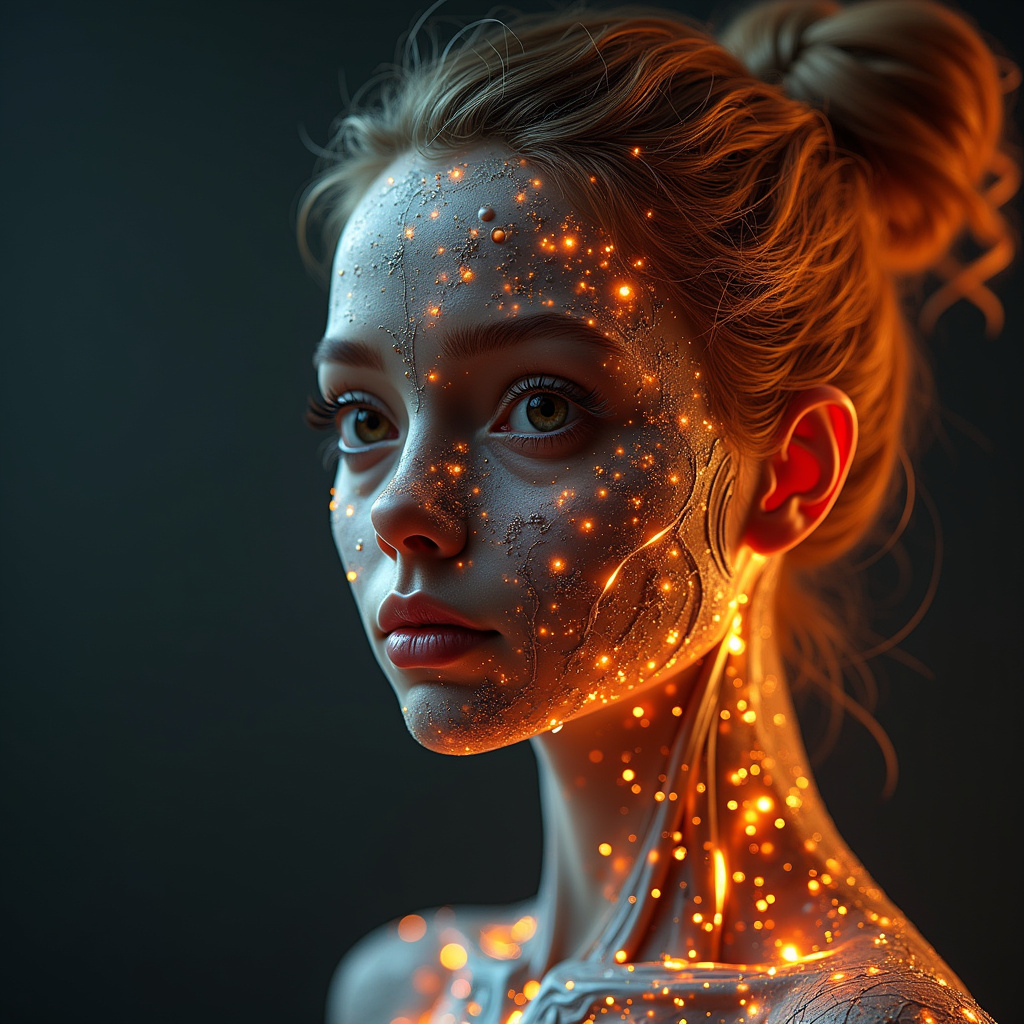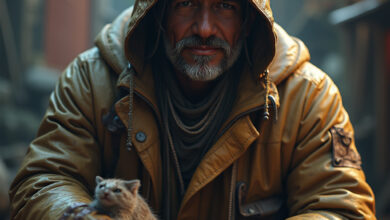From Craiyon to Adobe Firefly: Evolution of AI Image Generation in 2025

Introduction
In recent years, artificial intelligence (AI) has revolutionized various fields, and one of the most fascinating aspects is AI image generation. From simple sketches to stunningly realistic images, the journey has been remarkable. In this article, we will explore the evolution of AI image generation, focusing on the leap from Craiyon to Adobe Firefly in 2025.
The Birth of Craiyon
Craiyon, formerly known as DALL-E Mini, marked a significant milestone in AI image generation. Released in 2021, it allowed users to create images from textual descriptions. Despite its limitations, Craiyon captured the imagination of many, enabling users to visualize their ideas in a fun and engaging way. The images produced were often quirky and abstract, which added to its charm.
Key Features of Craiyon
- User-Friendly Interface: Craiyon was designed to be accessible to everyone, regardless of their technical expertise.
- Text-to-Image Capability: Users could input a phrase, and Craiyon would generate an image based on that description.
- Community Engagement: Users shared their creations, fostering a sense of community and collaboration.
The Rise of Advanced AI Models
As technology progressed, more sophisticated AI models began to emerge. These models incorporated advanced algorithms, larger datasets, and improved machine learning techniques. This evolution allowed for greater accuracy and realism in the images generated. In 2023, various platforms began to introduce features that enhanced user experience and image quality.
Notable Advancements
- Higher Resolution Images: New models could produce images in higher resolutions, making them suitable for professional use.
- Realism and Detail: AI began to excel at creating realistic textures, lighting, and shadows, enhancing the overall quality of the images.
- Customization Options: Users gained the ability to fine-tune their images, adjusting aspects like color, style, and composition.
Introduction of Adobe Firefly
In 2025, Adobe introduced Firefly, a groundbreaking AI image generation tool that took the art of image creation to new heights. Firefly integrated seamlessly with Adobe’s suite of creative tools, making it a valuable asset for designers, artists, and content creators. The tool was built on the foundation of previous advancements but added unique features that set it apart.
Features of Adobe Firefly
- AI-Powered Suggestions: Firefly offered suggestions based on user input, helping to inspire creativity and streamline the design process.
- Collaboration Tools: Users could collaborate in real-time, making it easier for teams to work together on projects.
- Integration with Adobe Products: Firefly worked smoothly with other Adobe applications, allowing users to enhance their workflows.
Impact on Creative Industries
The emergence of tools like Adobe Firefly has significantly impacted creative industries. Designers and artists are now able to harness AI to enhance their work, making the creative process more efficient and innovative. This shift has led to a new wave of creativity, where AI acts as a collaborator rather than a replacement.
Benefits for Creatives
- Increased Productivity: AI tools can handle repetitive tasks, allowing artists to focus on more complex and creative aspects of their projects.
- Enhanced Creativity: With AI as a partner, artists can experiment with new styles and ideas they may not have considered before.
- Accessibility: AI image generation tools are making design more accessible to those without formal training, democratizing creativity.
Conclusion
The evolution of AI image generation from Craiyon to Adobe Firefly represents a remarkable journey in technology and creativity. As we move further into 2025, the potential for AI in the creative field is limitless. With tools that inspire, enhance, and redefine the creative process, artists and designers are poised to explore new horizons in their work. The future of AI image generation is bright, and we can’t wait to see where it takes us next!




